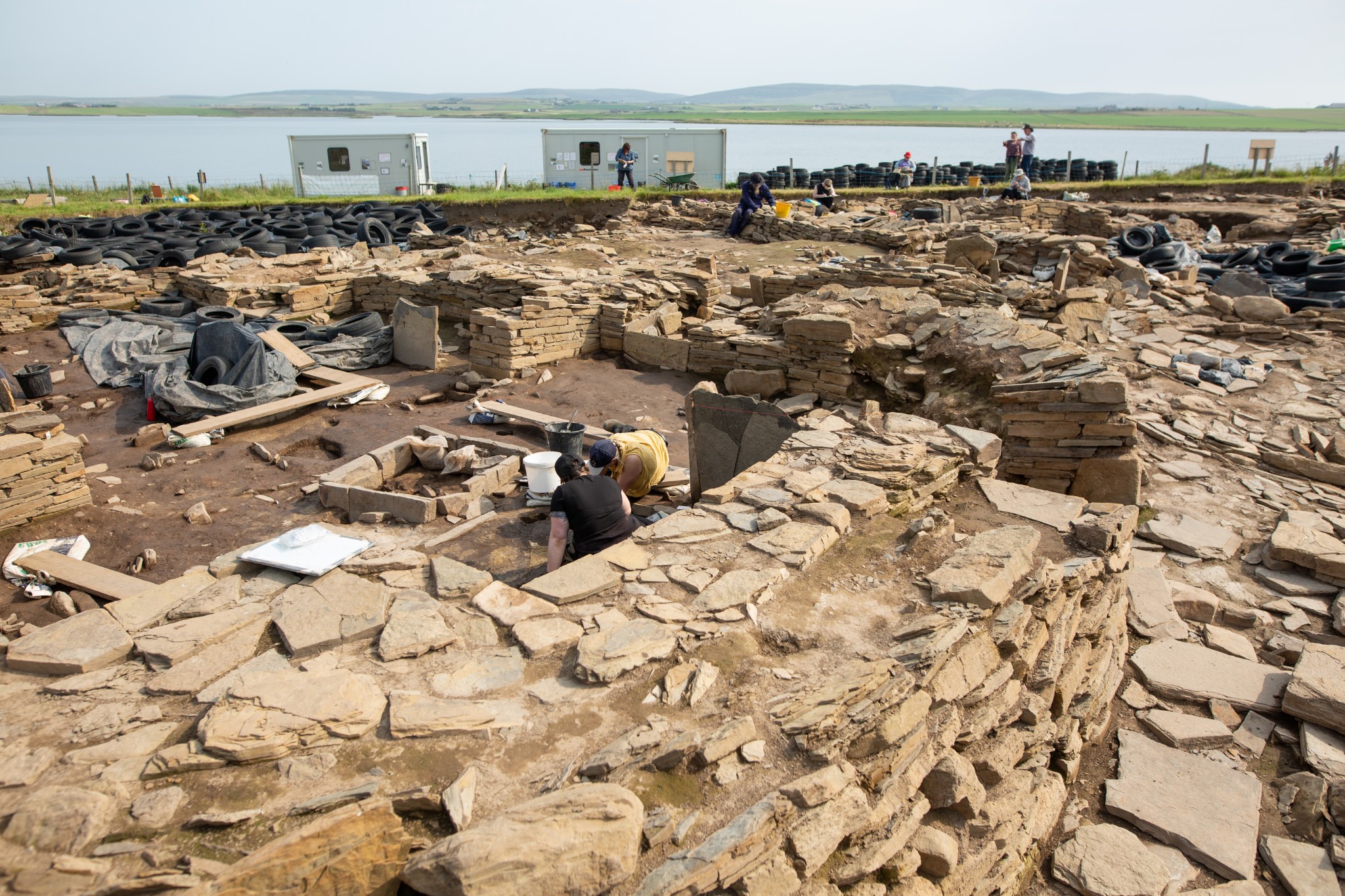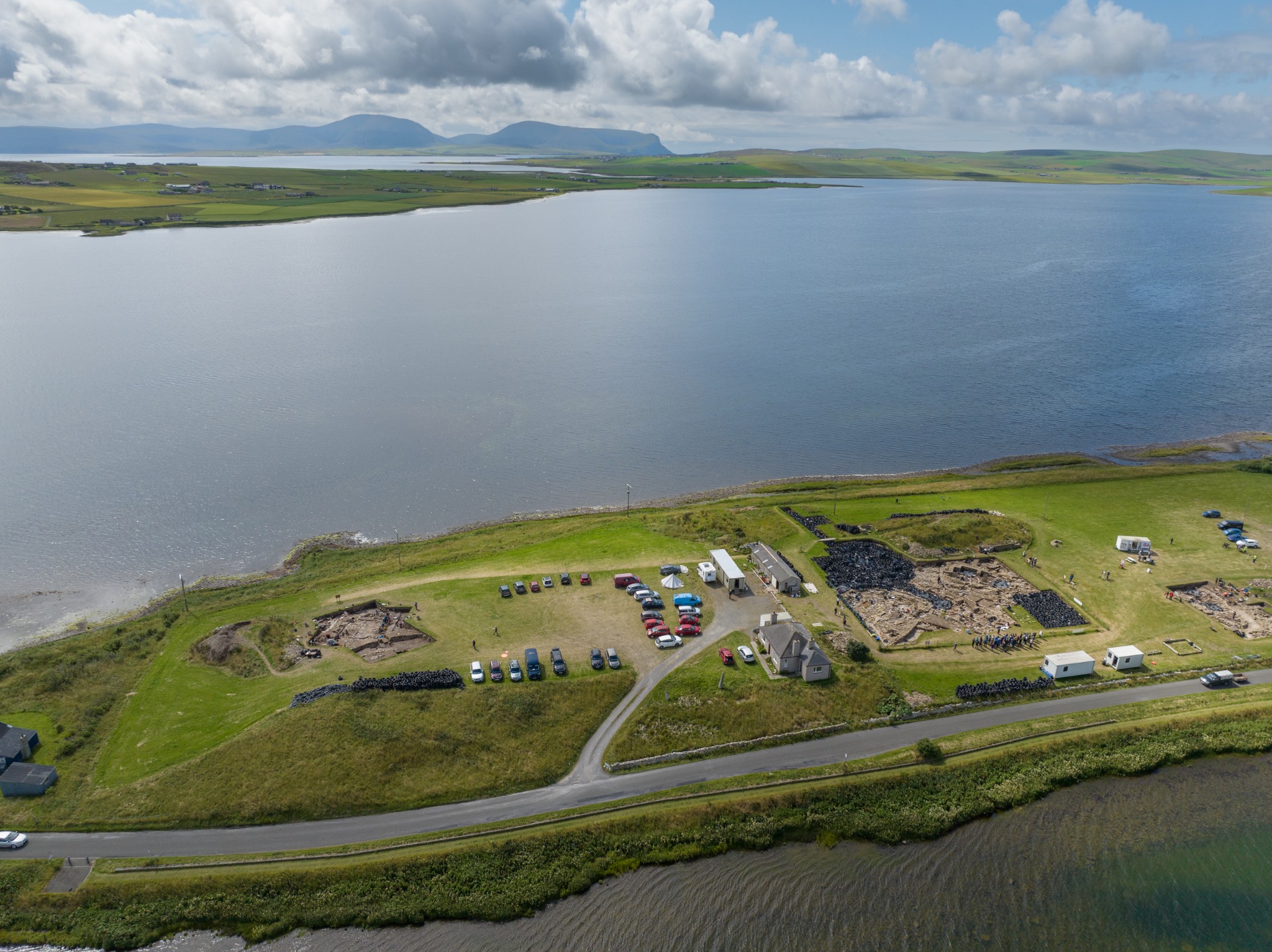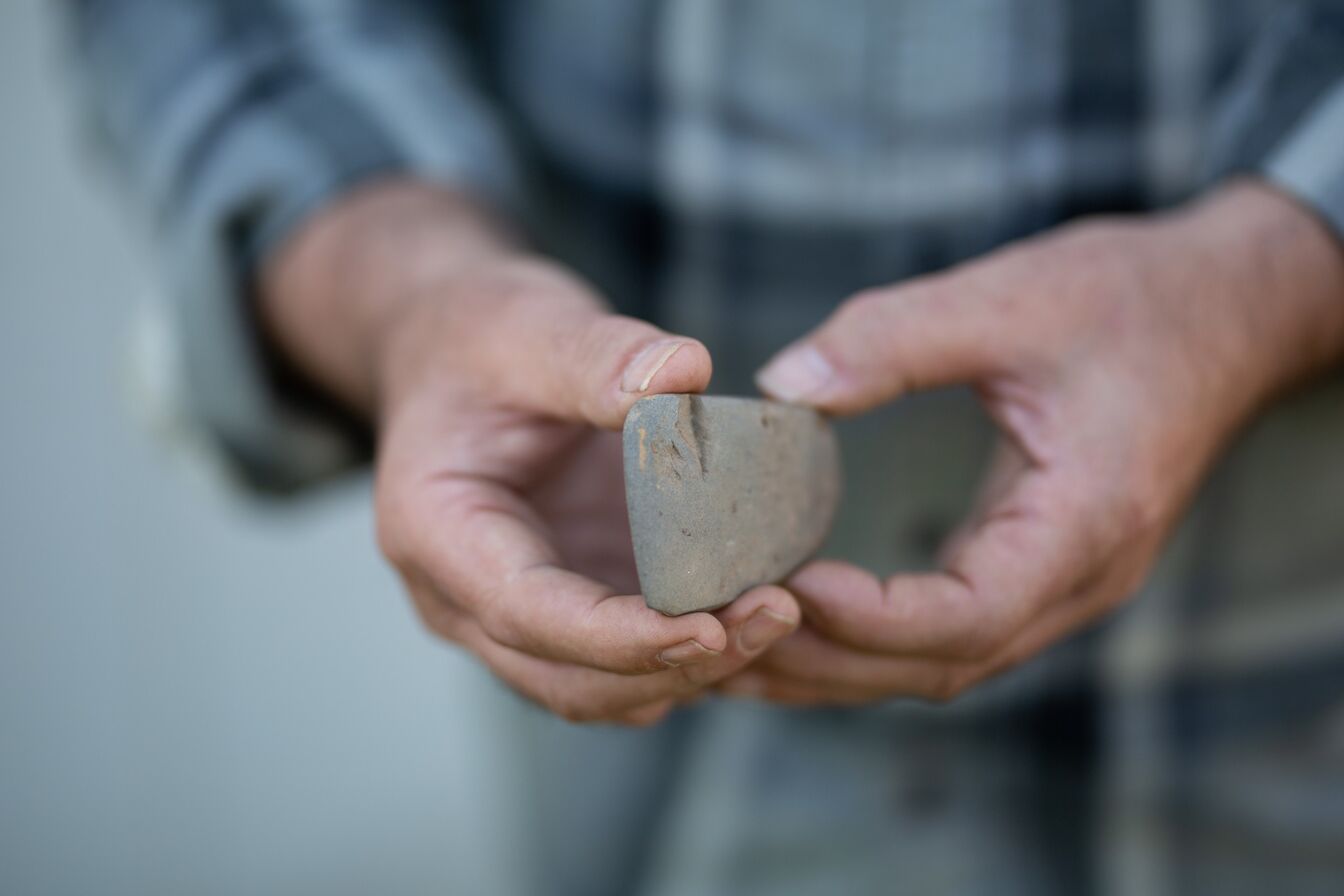It's hard to believe that eleven months have passed since the covers went back on, but now we are preparing for the penultimate season of excavation at the Ness of Brodgar.
2023 marks the 20th anniversary of the Neolithic complex’s discovery and will see around 60 archaeologists and students on site for the seven-week dig, which gets under way on July 3.
With fieldwork ending after the 2024 season, there are many loose ends that need to be tied up. Post-excavation and phasing analysis have also generated several questions that require answers. So, for the first time since 2019, the entire site will be uncovered, the goal being complete as much of the excavated buildings as possible, tying in their primary phases with later additions and features.
All eyes will be on Structure Twenty-Seven – the enigmatic building that lay buried beneath tonnes of deliberately deposited domestic refuse. This rectangular building is as big as it is perplexing. Whatever it was, it is unlike any other examples of Neolithic architecture excavated in Orkney or elsewhere to date.
Unfortunately, Structure Twenty-Seven, which was buried beneath tons of deliberately deposited domestic refuse after it was abandoned, suffered major episodes of stone robbing that resulted in the removal of most of its south-eastern and south-western walls.
It had long been hoped that more of the north-western wall had survived, and in 2022, our prayers were answered. As the overlying layers of midden and rubble were removed, the wall’s stunning masonry shone through. It was, quite simply, exquisite. This year we’ll be revealing more of this beautiful wall and will hopefully get down to the building’s floor levels.
As the 2022 season drew to a close there were hints that Twenty-Seven, like Structure Ten, was surrounded by a paved passageway. The parallels continued with the discovery of large quantities of animal remains in the area. Fans of the Ness will immediately recall the mass of cattle bone placed around Structure Ten after its “decommissioning feast” around 2400BC.
A preliminary examination of the Structure Twenty-Seven remains, by Professor Ingrid Mainland, of the UHI Archaeology Institute, confirmed it was akin to that around Ten, but made up of bone from different animals and only lightly burned. She will return to the deposit this year, excavating and recording it using the same techniques pioneered around Structure Ten.
Ten’s elaborate bone deposit will also be revisited in 2023. Trench P will be extended to the south-east of Structure Ten to allow Professor Mainland and her team to excavate, record and sample what appears to be another part of the decommissioning feast assemblage first encountered in 2013.
Inside Ten work will continue on its primary floor levels.
Dating to around 3300BC, Structure Five is the earliest excavated building on site. Last year, two large, well-built post-holes were discovered in covered depressions on either side of the south-eastern doorway, with another four found against the interior walls of the original building.
These substantial posts formed a rectangle approximated seven metres by four metres. If they helped support the roof it is a feature unique to Structure Five. Elsewhere on site, where evidence of post use has been found, it pointed to hasty structural repairs.
Because the post-holes lay beneath Structure Five’s clay floor, this year, we will examine whether they relate to Structure Five and its roof or remnants of an earlier, possibly timber, building.
Whatever their role, the Structure Five posts were carefully removed when the building’s original section went out of use. The posts gone, artefacts – including stone tools, a decorated stone and a whale vertebra – were deposited in the empty sockets before being carefully covered over.
We last explored Structure Twelve in 2021, and this year, our investigation will focus on its primary floor deposits and how the building, and its use, changed over time. Additionally, we hope to reveal more about its underlying predecessor, Structure Twenty-Eight.
In the same area, there are plans to investigate the relationship between Structures Twelve/Twenty-Eight and its unexcavated neighbour, Structure Thirty.
Stepping out of the trenches, a two-day event in July will bring together most of the specialists involved in the Ness of Brodgar project. The meeting – at Orkney College UHI and on site – will discuss the next phases of post-excavation and ultimately the overall publication of the dig data.
The 2023 Ness of Brodgar excavation takes place from July 3 to August 18, with the site open to the public, on weekdays, between July 5 and August 16. Daily public tours take place at 11am, 1pm, and 3pm. The annual open day is on Sunday, July 30, from 11am and 4pm, on site and in the Stenness school.
Visit the official website for more information and for updates and notifications of weather-related closures during the dig season.



